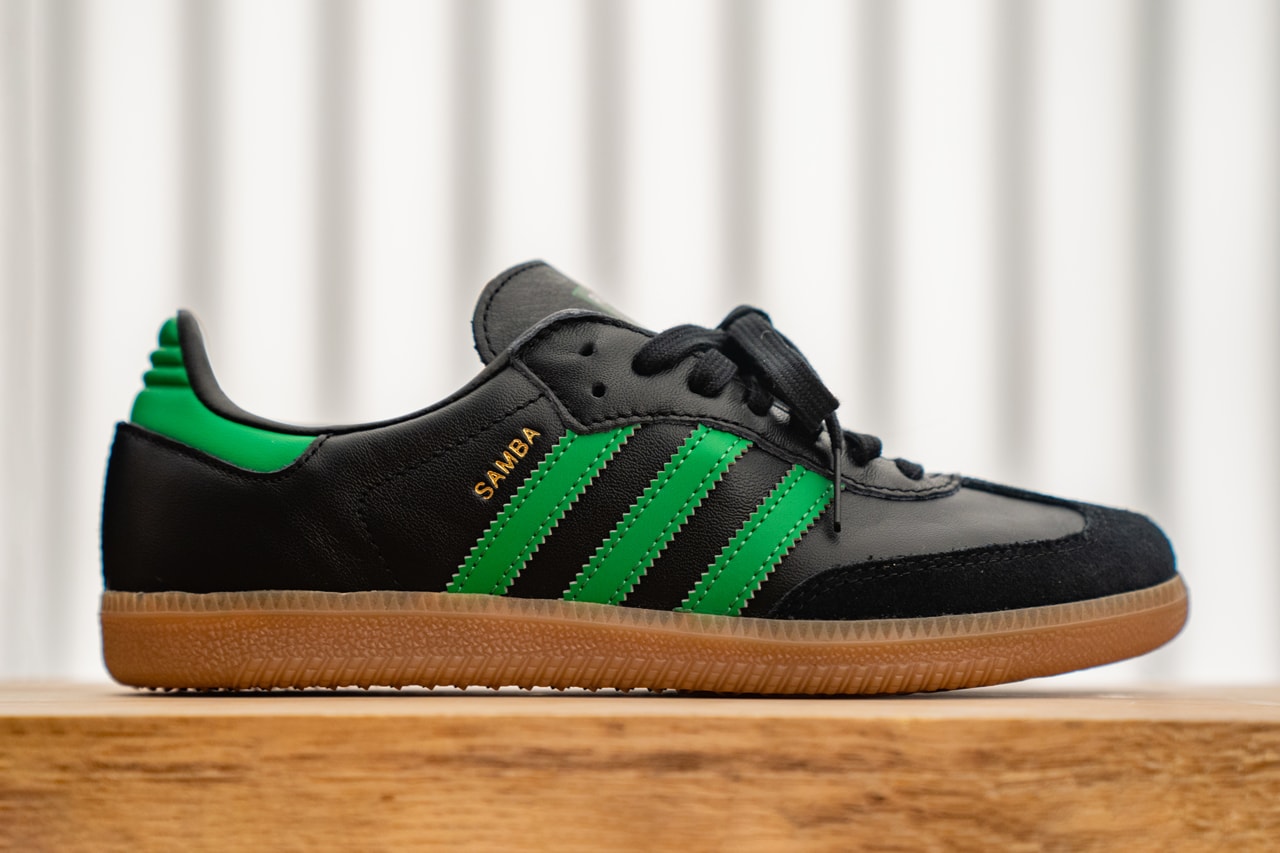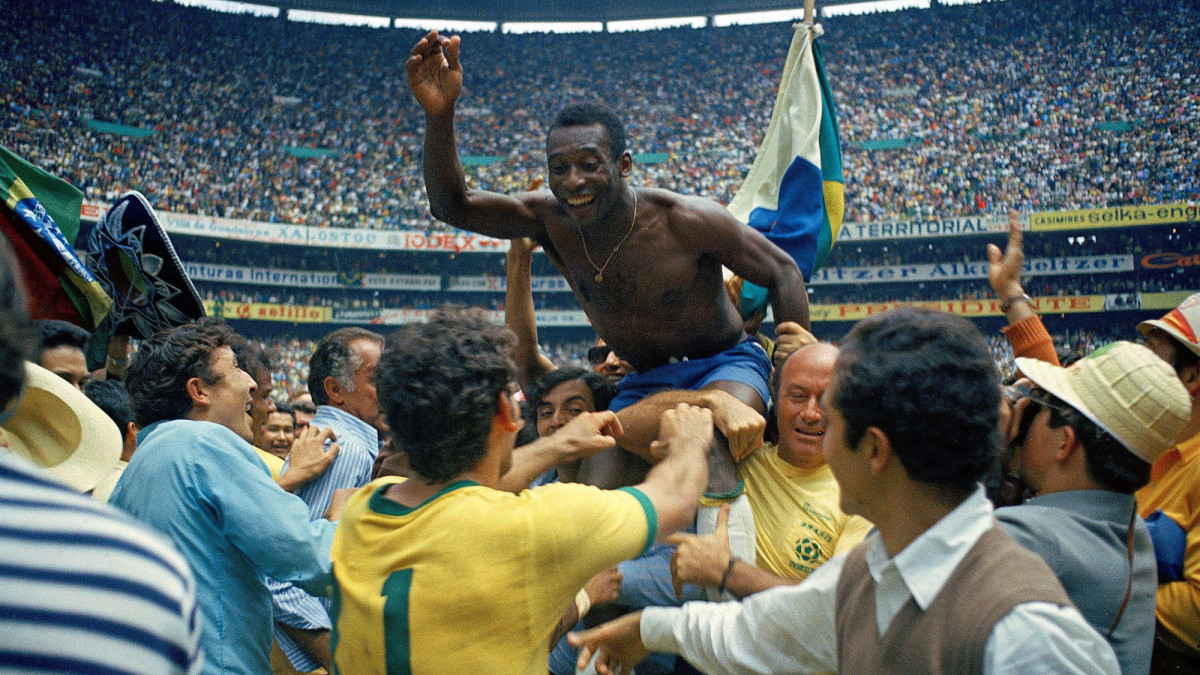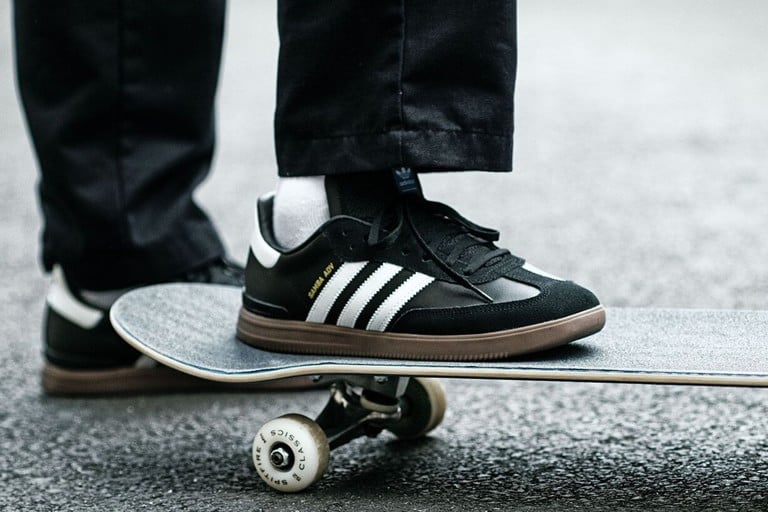For over 70 years, the Adidas Samba has been a go to shoe in the world of football but did you know the Adidas Samba has been adopted by many other cultures in the world? It's sleek style and durability has been sought after by bike messengers, skateboarders, football hooligans and more. The silhouette has even been used as basis for snowboard boot designs! There is a ton of history to unpack here and in this video we do jus that. Enjoy the History of The Adidas Samba. One of Adidas' most iconic sneakers ever.
I don't know how you guys feel about the Adidas Samba when you were growing up. But a lot of people are talking about it right now like it was a blend and dorky shoe until a couple of celebrities recently brought them into the spotlight.
Do you guys think it's just a phase or do you think the shoe has and will always be dope? Regardless, I think we can all agree that the Samba has long outgrown its original identity as an indoor football shoe and is now at home and well loved in all kinds of different settings.
Let's get into the history of the Adidas Samba. It's common knowledge that the Samba was specifically designed in the late 1940s for football or soccer if you're in the United States. With the sole that would retain traction on icy football pitches. And yet, it worked for that. So why the hell is it called the Samba?
 |
| 1950's Adidas Samba |
Well, let's roll it all the way back to the early days of Adidas in 1949. Confident in their new football shoes design and with the 1950 FIFA World up in Brazil approaching, Adidas looked to the cup as an opportunity to market this shoe to the whole world. The only problem, their new sneaker was born and bred into and for an icy climate. And they were about to debut it in Brazil. Endorsements of individual star players hadn't yet become the go-to move for brands to create hype over a new shoe.
So Adidas had to find a marketing strategy that would take this promising new sneakers rubber sole and stamp a solid impression into unfamiliar turf in Rio de Janeiro. Taking a direct approach to make the sneaker at home in Brazil's culture, Adidas chose to name it after the popular Brazilian genre of music, Samba. The name slyly suggested to native and visiting football players that this sneaker was the appropriate choice for the World Cup.
And as you can tell, this approach worked. This solid first impression in 1950 pretty much granted the Samba permanent tenure within football and sneaker culture. The fact that the Adidas Samba now in modern times has found its way into so many different subcultures really kind of blows my mind. It's pretty mind blowing when you think about it because the Adidas Samba was designed for a very specific purpose for a very specific sport and had a very specific marketing plan behind it for a very specific part of the world, Brazil.
And that just really speaks to the longevity of its aesthetics and functionality which we're gonna get into right now. Obviously, today Sambas look a lot different than the original kangaroo leather 1950 model. But one thing that every model of Samba shares is the rubber sole. An innovative choice in 1950 for providing solid traction on a variety of surfaces. It has been proven to be both effective and iconic to this day.
The suction cup like concave bubbles in the outsole have been present in the soles of most Samba models. Another contribution to the traction, for instance five aside football became popular in the '70s and '80s. And because the Samba soles were tacky and secure on hard surfaces like AstroTurf, it became the go-to sneaker for the burgeoning sport. Obviously the Samba had earned its home in European football culture to performance. But models from the '70s and '80s offered more of a lifestyle aesthetic.
Quickly making a fashion statement off the pitch as well. It became a staple of wardrobes for casuals. Football fans who instead of rocking their teams colors on match day, wore fashionable clothes that reflected the beginning of hype sportswear's evolution.
The Adidas Samba had also become a popular choice for skateboarders. The same qualities that made it popular. In football, the grippy sole, the durable padded leather upper, the reinforced T-toe, and an understated aesthetic transferred well into subcultures like skateboarding which demanded both durability and a no bullshit style. By the same token, the Adidas Samba found at home and urban cycling and bike messenger culture.




